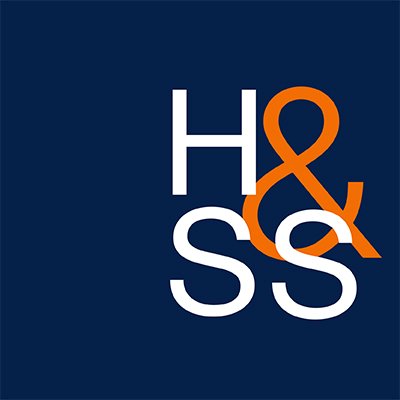This morning, as I was attending the last day of TEDMED talks Simulcast at Parnassus campus, I was struck by another beautiful mural by Bernard Zakheim, titled 'Superstitions in Medicine'. The panel, known also as 'Cole Hall mural' because of its original location, depicts ancient practices of black magic, alchemy, amputation, and was painted in 1938 by artist Bernard Zakheim, a student of Diego Rivera who worked on the Coit Tower murals in San Francisco, with financial support from the New Deal's Works Progress Administration. The panel also depicts sacrifice to gods, the opening of liver to detect omens and treatment of mental illness by use of stocks, lashing and strait-jackets.  Included in the primitive medicine fresco is considerable subliminal satire. Zakheim included also the faces of many faculty members including H. Glenn Bell (1893-1981), professor of surgery, and Chauncy Leake (1896-1978), professor of pharmacology and discoverer of divinyl ether anesthesia. The panel is one of two sets of frescoes at UCSF Parnassus campus, for a total of twelve panels, the other being the Toland Hall frescoes (which, by the way, are used as header images for this blog!) which depict early California medical history. Unfortunately, in the 1940s the presiding chancellor ordered that the murals be covered with wallpaper, presumably because they were distracting lectures. In 1962, the murals were uncovered, and were found severely damaged by peeling of the fresco surface caused primarily by the wallpaper paste. In mid 1967, the old medical school building was demolished, and the artist and his family raised money to save and restore the murals which now reside in the Health Sciences West building. The panel here described is located in HSW302.
You can read more about the fascinating history of UCSF campus during the great depression here!
Included in the primitive medicine fresco is considerable subliminal satire. Zakheim included also the faces of many faculty members including H. Glenn Bell (1893-1981), professor of surgery, and Chauncy Leake (1896-1978), professor of pharmacology and discoverer of divinyl ether anesthesia. The panel is one of two sets of frescoes at UCSF Parnassus campus, for a total of twelve panels, the other being the Toland Hall frescoes (which, by the way, are used as header images for this blog!) which depict early California medical history. Unfortunately, in the 1940s the presiding chancellor ordered that the murals be covered with wallpaper, presumably because they were distracting lectures. In 1962, the murals were uncovered, and were found severely damaged by peeling of the fresco surface caused primarily by the wallpaper paste. In mid 1967, the old medical school building was demolished, and the artist and his family raised money to save and restore the murals which now reside in the Health Sciences West building. The panel here described is located in HSW302.
You can read more about the fascinating history of UCSF campus during the great depression here!
 Included in the primitive medicine fresco is considerable subliminal satire. Zakheim included also the faces of many faculty members including H. Glenn Bell (1893-1981), professor of surgery, and Chauncy Leake (1896-1978), professor of pharmacology and discoverer of divinyl ether anesthesia. The panel is one of two sets of frescoes at UCSF Parnassus campus, for a total of twelve panels, the other being the Toland Hall frescoes (which, by the way, are used as header images for this blog!) which depict early California medical history. Unfortunately, in the 1940s the presiding chancellor ordered that the murals be covered with wallpaper, presumably because they were distracting lectures. In 1962, the murals were uncovered, and were found severely damaged by peeling of the fresco surface caused primarily by the wallpaper paste. In mid 1967, the old medical school building was demolished, and the artist and his family raised money to save and restore the murals which now reside in the Health Sciences West building. The panel here described is located in HSW302.
You can read more about the fascinating history of UCSF campus during the great depression here!
Included in the primitive medicine fresco is considerable subliminal satire. Zakheim included also the faces of many faculty members including H. Glenn Bell (1893-1981), professor of surgery, and Chauncy Leake (1896-1978), professor of pharmacology and discoverer of divinyl ether anesthesia. The panel is one of two sets of frescoes at UCSF Parnassus campus, for a total of twelve panels, the other being the Toland Hall frescoes (which, by the way, are used as header images for this blog!) which depict early California medical history. Unfortunately, in the 1940s the presiding chancellor ordered that the murals be covered with wallpaper, presumably because they were distracting lectures. In 1962, the murals were uncovered, and were found severely damaged by peeling of the fresco surface caused primarily by the wallpaper paste. In mid 1967, the old medical school building was demolished, and the artist and his family raised money to save and restore the murals which now reside in the Health Sciences West building. The panel here described is located in HSW302.
You can read more about the fascinating history of UCSF campus during the great depression here!- Log in to post comments
